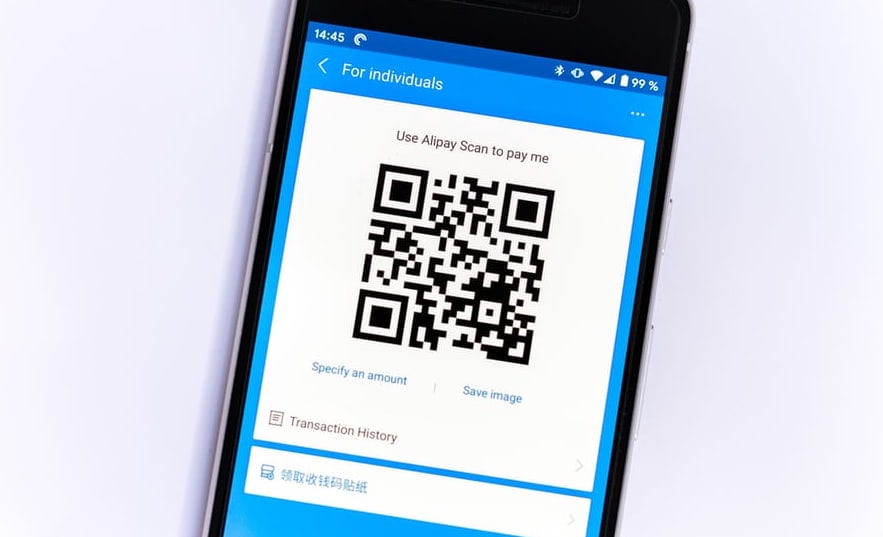The applications of Financial Technology (FinTech) are numerous and widespread. One such application that has benefitted many underbanked countries is the adoption of online or app-based remittances.
Remittances are defined as a transfer of money, often by a foreign worker to an individual in their home country. In 2019, global monetary transfers from migrant workers reached an all-time high of $714 billion, specifically remittances to low and middle-income countries of $554 billion. Certain countries including India, China, and the Philippines have huge populations of overseas workers whose families rely on remittance services to receive money sent home. India alone had a volume of $83 billion in remittances in 2019, amounting to 2.8% of its GDP. Other countries with lesser remittance volume yet rely heavily on remittances include Nepal. $8.2 billion flowed into Nepal in 2019, accounting for 27% of its GDP. Because developing countries rely on remittances so much, it has constituted the largest source of foreign exchange since 2000.
The traditional process for remitting money is similar to depositing money at a bank. The remitter visits a physical location to speak to an agent that helps them process their money transfer to their beneficiary at a partnering bank or drop off location in the home country. For the remitters, paydays or the weekends after would be consumed with lining up long lines in order to remit their salary to family overseas. Delays due to huge volumes, unsecure transactions, and high fees made this process a truly cumbersome one. Additionally, because many people of these low-to-middle-income countries were unbanked, they had to rely on remittance partners that charged high fees and did not always provide secure transactions.
The dawn of FinTech has changed the playing field for money transfers. Today, while incumbents like Western Union and MoneyGram still dominate the market, new players like Xoom and Remitly have captured a significant market share through pioneering the digital remittance space. The combined market share of Xoom, Remitly, WorldRemit, and TransferWise went from 2.5% globally in 2015 to 11.4% in 2019. These digital remittance players have disrupted the industry by making the process of sending money home that much easier by making it accessible 24/7. With the rise of these digital giants also came the fall of high remittance fees. This reduction in fees has mainly been pushed by the regulations and agreements among the G8, G20, and the UN as well as competition among more players among the FinTech remittance market. Ultimately, these new advances have made the process of money transfers for remitters and their beneficiaries cheaper and more efficient. For developing countries like the Philippines where over 70% of Filipinos do not have bank accounts, but over 70% have smartphones, an app-based remittance service can break barriers and create opportunities.
In 2020, the flow of remittances worldwide was depressed from prior years due to lower migrant wages and susceptible jobs to the economic condition caused by COVID-19. Specifically, the World Bank predicted that remittances to low and middle-income countries would fall to $445 billion, a 19.4% drop from 2019’s numbers. Lower wages and lesser jobs in the wake of the COVID-related slump will lead to remitters requiring cheaper services and therefore, tighter margins for money transfer services. It remains to be seen how this further catalyzes the growth of the convenient, secure, and less costly service that these digital remittance players offer.
Photo courtesy of: https://unsplash.com/photos/nP9WOiM41WE


